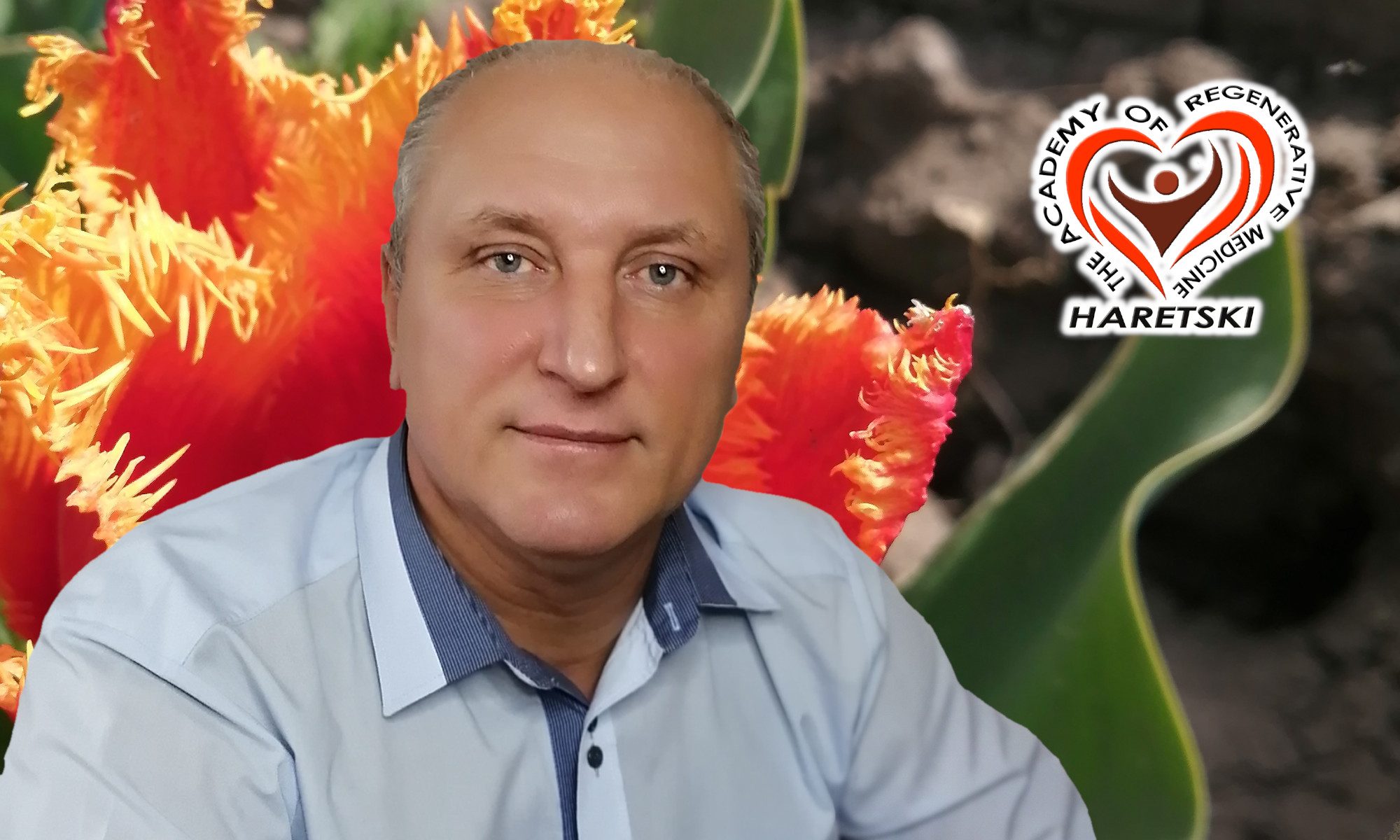Men's health problems

What health problems are most common in men?
Men's problems begin in young men against the background of health problems. Most often, men have the following health problems, which are described in detail below:
- Prostate problems.
- Bladder cancer.
- Incontinence.
- Testicular problems.
- Impotence/erectile dysfunction.
- Heart disease and high blood pressure (hypertension).
- Problems of physical and emotional health.
Why do men have more health problems?
If you look at them dispassionately, sometimes there are no more or less of them than women. But. Many risks to men's health may be related to behavior and lifestyle: in general, men behave in such a way that it leads them to a higher level of health problems and diseases. They also tend to follow a less healthy diet and are not inclined to keep track of their excess weight.
How important is it for you to preserve men's health?
Men are at higher risk of many serious diseases, including heart disease, lung cancer and HIV. Men also face unique health problems that do not affect women, such as prostate cancer. To improve men's health, it is important to raise awareness about preventive checkups and regular medical care for men of all ages.


More information about men's diseases
Cardiovascular diseases are any diseases affecting the heart or blood vessels. CVD is a class of diseases that includes: coronary heart disease, heart failure, hypertensive heart disease. Risk factors for cardiovascular disease vary depending on cholesterol levels, diet, physical activity, and smoking habits. High levels of stress, a sedentary lifestyle, and poor nutrition can put you at risk of developing certain types of heart disease.
Erectile dysfunction, or impotence, is a form of sexual dysfunction in men characterized by a persistent or recurring inability to achieve or maintain a penile erection with sufficient rigidity and duration for satisfactory sexual activity. It is estimated that about 50 percent of men over the age of 40 experience some degree of erectile dysfunction.
Oncological diseases in men
Lung cancer, also known as lung carcinoma, is a malignant tumor that begins in the lungs. Lung cancer is caused by genetic damage to the DNA of respiratory tract cells, often caused by smoking cigarettes or inhaling harmful chemicals. Lung cancer is the leading killer of all other cancers in both men and women. It claims more lives than prostate, colon and breast cancer combined.
Prostate cancer is the uncontrolled growth of prostate cells, the gland of the male reproductive system located below the bladder. Early prostate cancer does not cause any symptoms. Prostate cancer is another common health problem. Men over the age of 50 should also be regularly screened for prostate cancer. Prostate cancer usually grows slowly and has many signs and symptoms, such as: problems urinating, blood in urine or semen, erectile dysfunction.
Colorectal cancer or bowel cancer, colon cancer or rectal cancer, is the development of colon or rectal cancer. Signs and symptoms may include blood in the stool, stool changes, weight loss, abdominal pain, and fatigue. If you are 50 years old or older, you should schedule regular colon cancer screenings with your primary care provider.
Testicular cancer is a cancer that develops in the testicles, part of the male reproductive system. Symptoms may include a lump in the testicle, swelling, or pain in the scrotum. Not timely treatment can lead to infertility. The risk of death from testicular cancer can be reduced by regularly conducting self-examination and seeking medical help if any abnormalities in the health of the genitals are detected.
Other diseases of men
Diabetes mellitus, or diabetes, is a group of common endocrine diseases characterized by indicators of very high blood sugar levels. Diabetes occurs either because the pancreas does not produce enough insulin, or because the body's cells stop responding to the effects of the hormone. Compared to women, men have a higher risk of developing type 2 diabetes with less weight. Men over the age of 40 are at higher risk of developing type 2 diabetes, which can significantly affect heart health.
Prostatitis occurs when the prostate becomes inflamed, which can cause pain and irritation of the prostate. Problems such as benign prostatic hyperplasia (BPH) and prostate cancer are rare in men under the age of 50. Prostatitis is most common before the age of 50 and is treatable in the ARM.
Depression, as an inconspicuous problem in the psyche, affects both men and women. However, men are more likely to ignore the symptoms or refuse treatment. Depression in men may remain undetected because the symptoms do not always correspond to what they can expect. Men are less likely to talk about their stress and depressive states for various reasons, including fear, lack of understanding on the part of the listener, ignoring the problem, and so on. The classic signs of depression are: despondency, loss of interest in work and hobbies, changes in weight and sleep, fatigue and problems with concentration. Studies show that men with depression are more likely to develop cardiovascular diseases.
Obesity is a disease, sometimes called the 21st century disease, in which excess body fat accumulates to such an extent that it can potentially create negative health consequences. As men get older, it becomes increasingly difficult for them to fight weight gain and obesity. Obesity contributes to various health problems, including: diabetes, heart problems, metabolic disorders, sweating, shortness of breath, etc. Even despite all the modern information available about fitness, nutrition and health, the level of obesity among men continues to grow every year.
COPD and other respiratory diseases. Chronic obstructive pulmonary disease (COPD) is a medical term for chronic bronchitis and emphysema. Smoking cigarettes or other tobacco products, vapes, and the like increases the risk of developing lung cancer and chronic obstructive pulmonary disease (COPD).
Hypogonadism means a decrease in the functional activity of the sex glands (testicles or ovaries), which can lead to a decrease in the production of sex hormones. Low androgen levels are called hypoandrogenism, and low estrogen levels are called hypoestrogenism. Low testosterone. It is very important to know the symptoms, such as: problems with erection or libido, loss of muscle mass.
Stroke is a disease in which poor blood flow to the brain causes cell death. There are two main types of stroke: ischemic, which occurs due to lack of blood flow, and hemorrhagic, which occurs due to bleeding. Both cause parts of the brain to stop functioning properly.
STIs. A sexually transmitted infection, also called a sexually transmitted disease (STD) and the older term venereal disease, is an infection that is spread sexually, especially by vaginal, anal, oral, or sometimes as a result of masturbation.
Hypertension, or high blood pressure, is a chronic disease in which blood pressure in the arteries is constantly elevated. High blood pressure usually does not cause symptoms. Hypertension is blood pressure exceeding the normal range (120/80 for men).

Methods of treatment of men's health problems
The Academy of Regenerative Medicine has successfully cured men's health problems such as impotence, prostate problems, stress and other problems with the genitourinary system in men. The healing technique used in ARM is based on methods of natural (natural) healing, awakening dormant reserves of cells and energy of the body, as well as rejuvenation, self-healing and regeneration of organs, tissues and body systems as a whole. We approach the problem of healing comprehensively, healing the entire body as a whole, since it is an interdependent and self-regulating system. We treat using time-tested and experienced techniques and methods, the author's developments of Alexander Goretsky. Some of them include, among other things, patented methods of treatment and prevention for athletes and people who lead a very active lifestyle. You can find out similar information on the version of the site or write to us right now.


